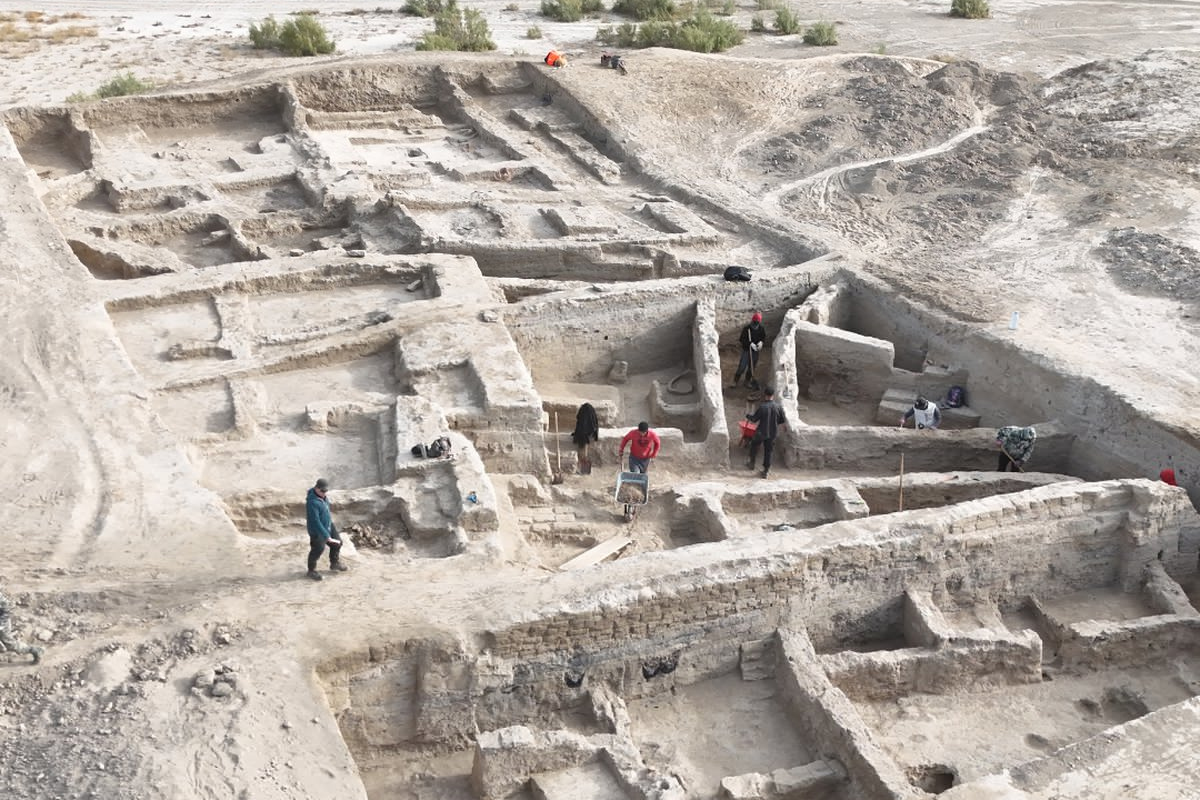Archaeologists from the Margulan Institute of Archaeology and the German Institute of Archaeology are conducting the first ever large-scale study of Dzhetyasar culture sites in Kazakhstan.
The Dzhetyasar culture emerged in the northern part of the ancient Syrdarya and Kuandarya deltas where they constructed fortified settlements from the end of the 1st millennium BC to the 8th century AD.
Over the past century, around 50 settlement sites have been identified, along with hundreds of burial mounds and irrigation works associated with the culture. The current project marks the most comprehensive effort yet to assess their cultural and historical significance within Central Asia.
Particular attention is directed toward Kara-Asar, one of the largest known Dzhetyasar settlements, measuring 140 by 150 metres and organised around a central elevated tower complex flanked by residential quarters.

Excavations have so far identified around forty rooms from two distinct construction phases dating to the 5th–6th centuries AD. In the earlier period, archaeologists identified a residential block with doors opening into a large courtyard, while the later phase revealed well-preserved houses complete with hearths, benches, and organised streets.
Surface finds such as red-glazed pottery shards confirm the settlement’s long-term occupation spanning several centuries which represent all three chronological phases of the Zhetiasar cultural complex.
Researchers believe the discoveries will help reconstruct not only the settlement’s architectural system but also its economic activities and domestic traditions. “The data from Kara-Asar will provide a much clearer understanding of how Zhetiasar communities lived and worked,” the expedition leaders noted.
Header Image Credit : Margulan Institute of Archaeology
Sources : Margulan Institute of Archaeology





